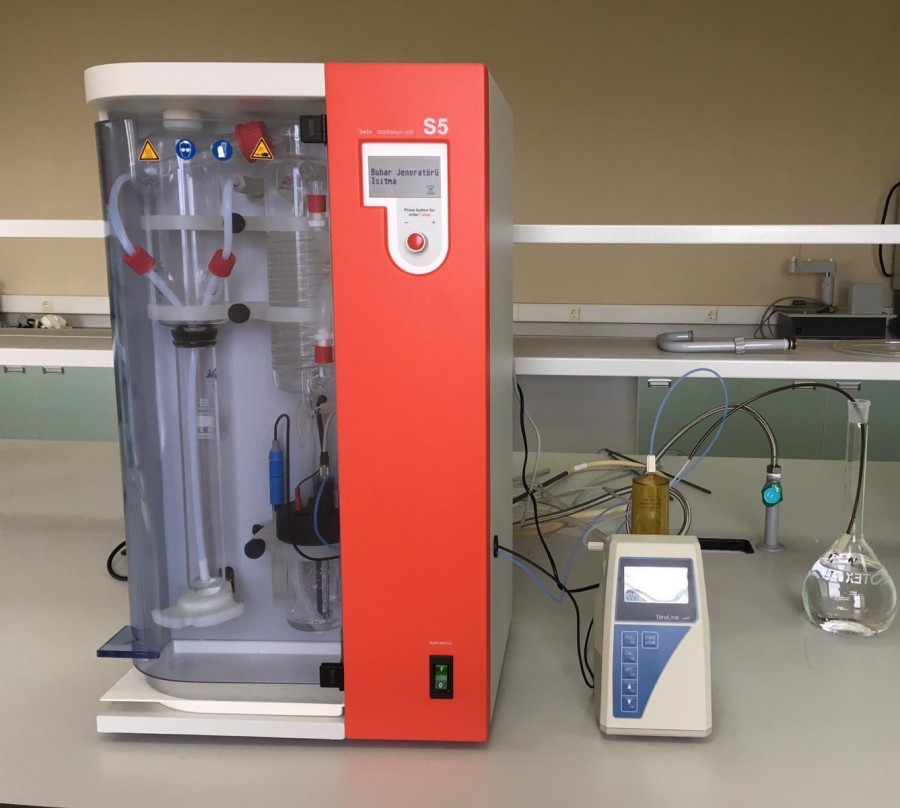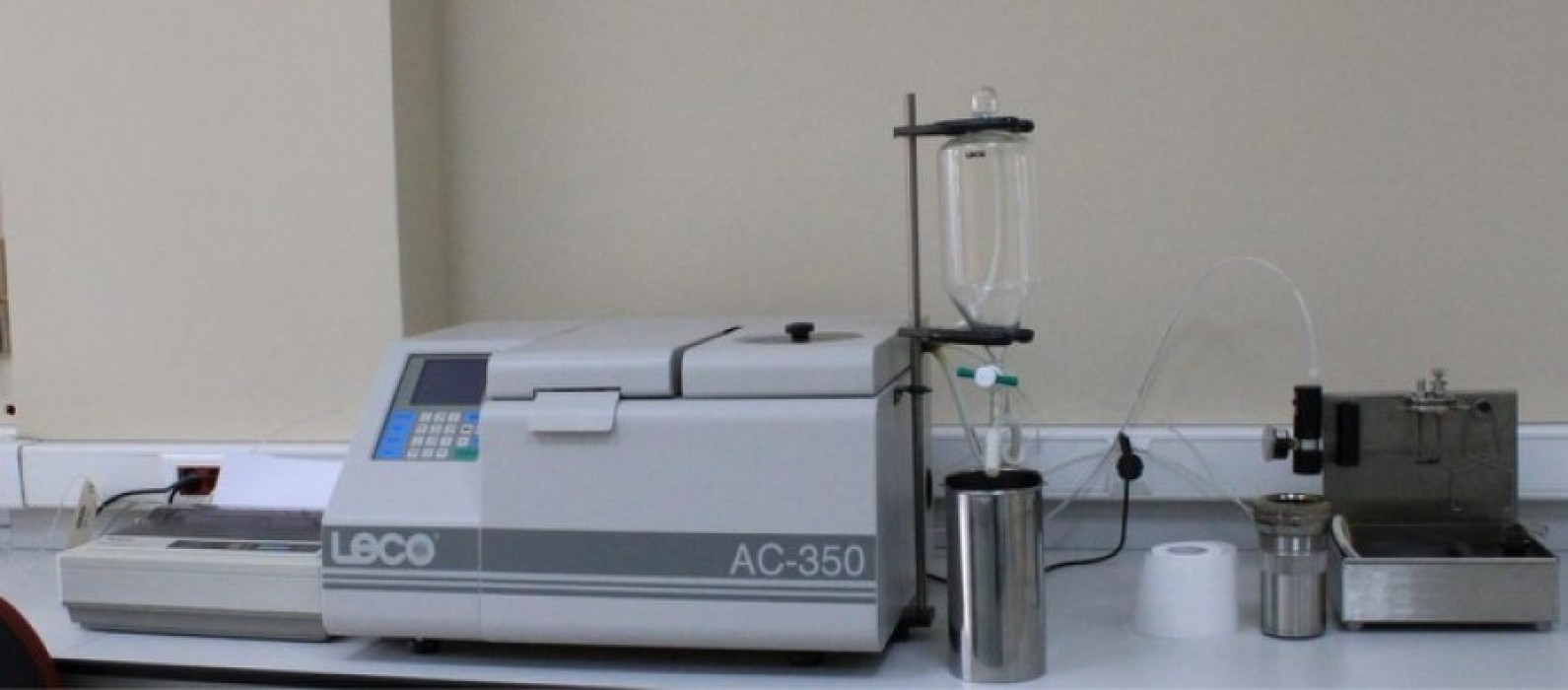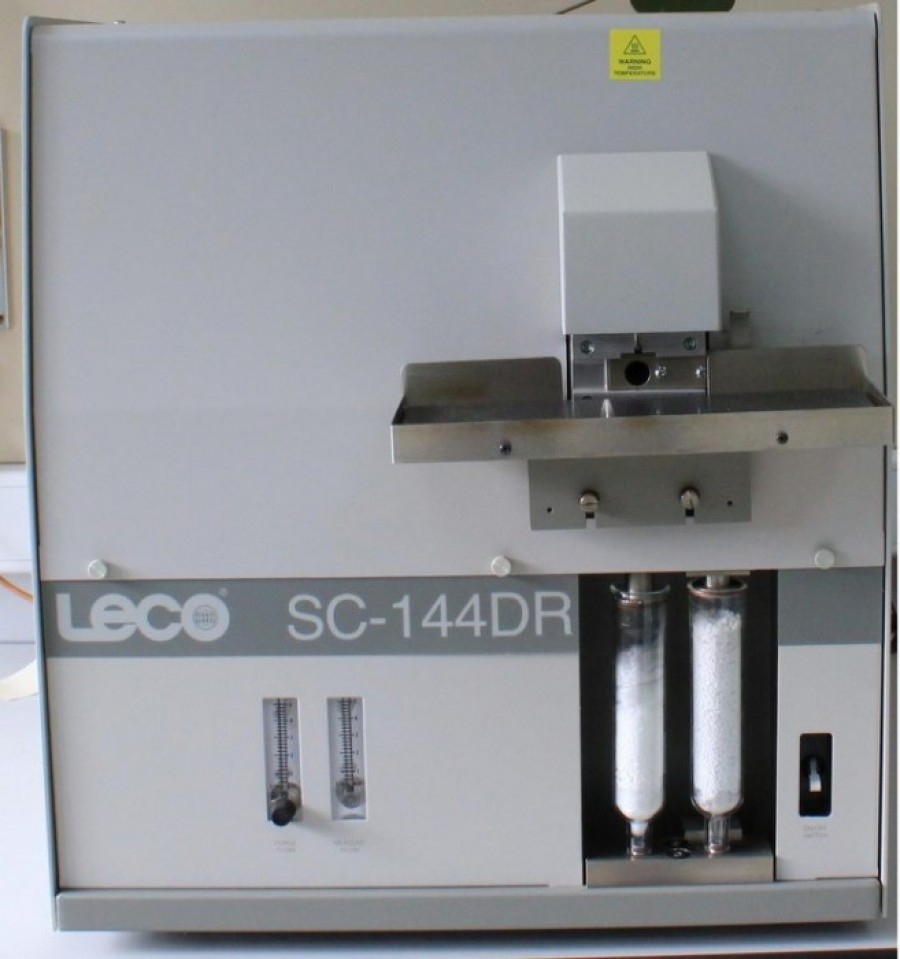| Instrument: Proteın Determinatıon By Kjeldahl Method Brand / Model: BEHR S5 | |||
 |
Working Priciples: It is the most widely used method for nitrogen/protein analysis using the Kjeldahl method. During the application, all compounds containing nitrogen, such as ammonium and amines, are detected.
Our Behr S5 model device performs the addition of NaOH, H2O, and boric acid automatically. Additionally, the integrated automatic titration unit in the system ensures precise results.
We can consider the application as a three-step analysis: 1. Wet Digestion: The sample is broken down with sulfuric acid, converting it into ammonium sulfate. 2. Neutralization and Distillation: The nitrogen, now in the form of ammonium sulfate, is liberated as ammonia through distillation with sodium hydroxide. 3. Titration: The distillate, contained in boric acid, is titrated with a standardized titrant. |
||
| Applications: This method can be applied to a wide range of matrices, including general foods, dairy and dairy products, meat and meat products, animal feed, wastewater, and various environmental applications. Sample Acceptance Conditions: For solid samples, a minimum of 5 grams is required. The sample quantity may vary based on the nitrogen and protein content for samples like soil, plants, food, etc. For water analysis, a minimum of 250 mL of sample is needed |
|||
| Instrument: Calorimeter Brand / Model: LECO AC-350 | |||
 |
Working Priciples:
The determination of the calorific value of a sample is achieved by controlled combustion of the sample in either powdered or tablet form in a controlled environment. The heat generated is proportional to the amount of calorific value. Therefore, the quality of the fuel used, especially in the case of coal, can be determined within minutes. The sample is placed in a calorimeter bomb, which is a high-pressure, atmospherically sealed chamber. The calorimeter bomb is surrounded by water, and the sample inside the bomb is ignited. The temperature of the water surrounding the bomb is measured with extreme precision. In the isoperibolic system, there can be an exchange of energy between the water surrounding the bomb and the surroundings. As a result, the temperatures of the calorimeter and the jacket are continuously monitored throughout the analysis, allowing for the measurement of the calorific value |
||
| Applications: Calorimetry is used for fuel analysis and measuring calorie content in food items due to combustion. Sample Acceptance Conditions: A minimum of 1 gram of the sample is required for analysis |
|||
| Instrument: Carbon-Sulfur Analyzer Brand / Model: LECO SC-144DR | |||
 |
Working Priciples:
The LECO SC144 Carbon-Sulfur analyzer allows for simultaneous carbon and sulfur analysis in various organic samples such as coal, coke, rubber, fertilizer, food, raw materials, and soil in a very short time, approximately 90 seconds. Measurements are conducted using oxygen gas at temperatures ranging from 1300 to 1400°C |
||
| Applications: The LECO SC144 analyzer is used for carbon and sulfur analysis in samples such as Fuel Oil, coal, and fertilizer, primarily in the petroleum product industry. Sample Acceptance Conditions: The sample should be a minimum of 1 gram for analysis. |
|||
| Instrument: -- Brand / Model: -- | |||
| -- | Working Priciples: --- |
||
| Applications: -- Sample Acceptance Conditions: |
|||